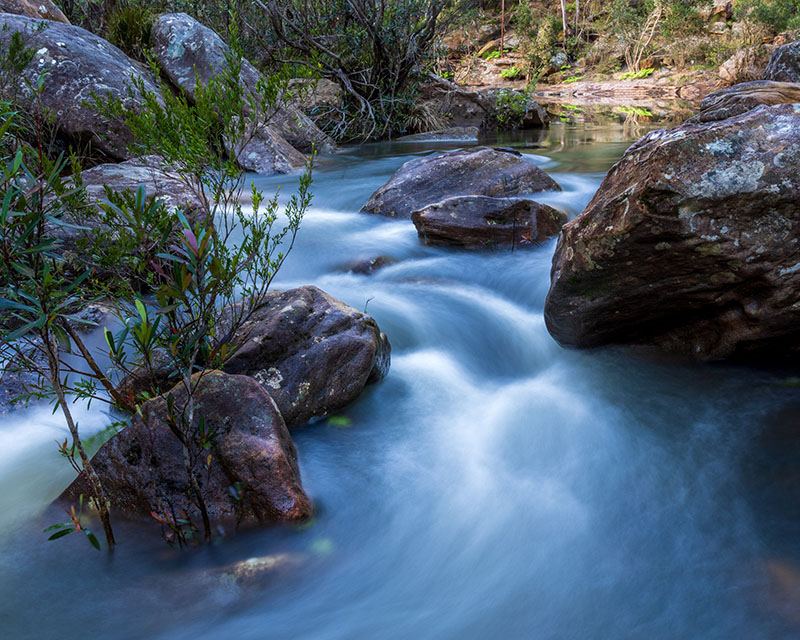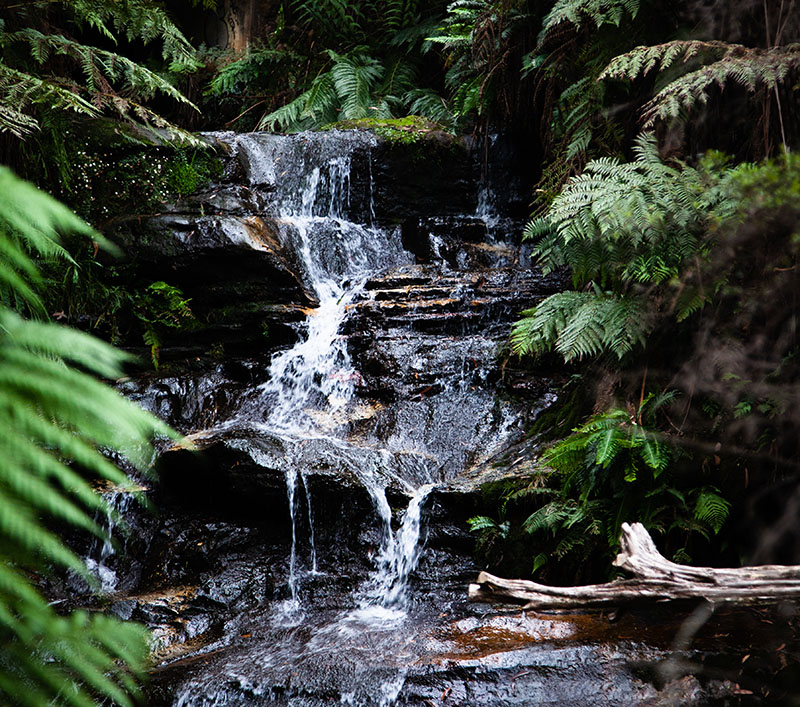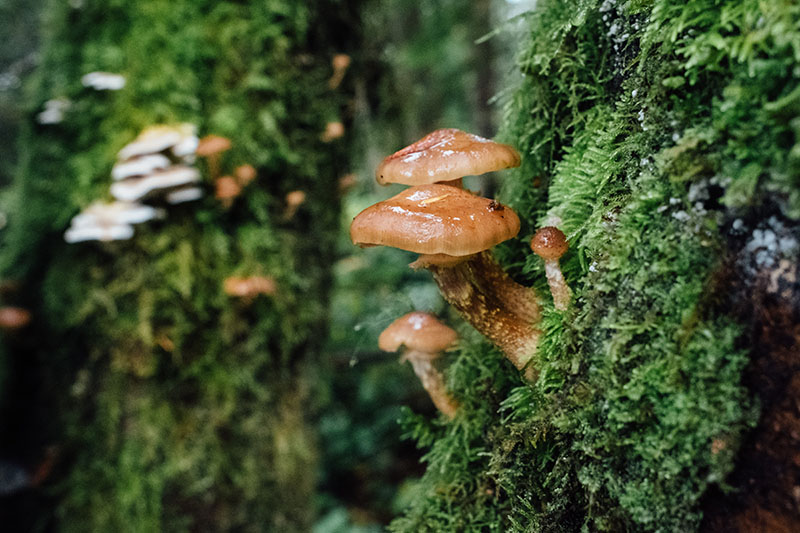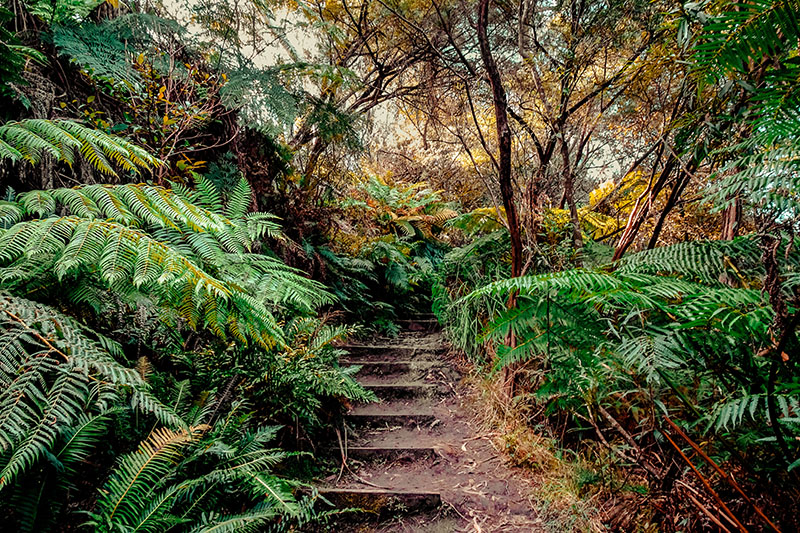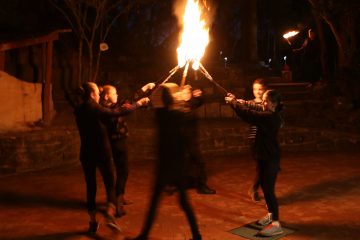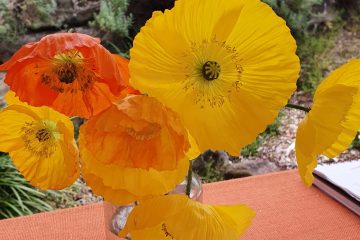By Julie Humphreys, Class 1/2 Teacher
My youngest son is in year 9. I told him I was going to teach the Water Cycle to my class of 7 year olds. “Don’t do that mum, they teach the same stuff every year, it’s so boring”.
Our class 1 /2 Science/HSIE lesson starts when we venture into our bush playground and explore all the plants, animals and topography of the land, including our beautiful rock knoll which sits in the middle of our school – a place of historical and indigenous cultural significance. On our weekly bushwalk, the children love to run and explore the bush. This week they found local fungi growing and we talked about the differences between edible and non-edible fungi, or mushrooms.
Winter in the Blue Mountains
The questions I ask myself, what are the local plants showing us at the moment? How are they changing during these cold months? What do we need to know in order to be safe (ie not eating any old fungi we find). What is the bush showing or telling us?
Golden Banksias
I start telling a story with the Golden Banksias featuring, just as they are in our playground, food for the birds and insects. Perhaps they will light our way as the wintery moon shines down upon their golden combs? An old fellow appears in my stories. One of those people, with a lot of bush know-how. He teaches a newcomer to tread gently on the earth. They spin a billy of tea. I bring a billycan into school and we all take turns at spinning the billy, hardly a drop is spilt! And ‘centrifugal force’ is introduced into our vocabularies and our experiences.
Our water drop friend
One drop that is spilt, finds its way in to our stories. It becomes our water drop friend, Azul. Azul travels across the Tasman Sea to the land of the Long White Cloud. She has ambitions to be part of a pure water glacier but she has an aversion to being part of hot bubbling, sulphur-smelling volcanos. She lands on the southern island in the form of rain where she is tumbled down an icy river and evaporates, eventually heading back to Australia. She gets stuck with some other water drops and feels giddy from becoming hail. Eventually she ends up in a beautiful waterhole in the Jenolan River and takes a ride amongst the scales of a Rainbow Trout.
In the playground, I hear the children discussing Azul’s adventures. “No, she didn’t actually freeze, she evaporated…”. It’s nearing the last day of Term 2, 2020. The toughest term I’ve ever endured (life in the time of COVID). The constancy of school, grounding the ever-changing ebb and flow for everyone. I write, “Water’ on the board. What can it do? I ask the children.
Water:
Flows. Falls.
Evaporates, travels. Freezes, steams.
Changes shape
Makes sounds
Gives life.
Fills up every space.
You can’t make holes in it!
It is any age.
I think I’ve done my job for now. Tell that to the Water Cycle cynics…
–Julie Humphreys, July 2020. Blue Mountains Steiner School, Hazelbrook
